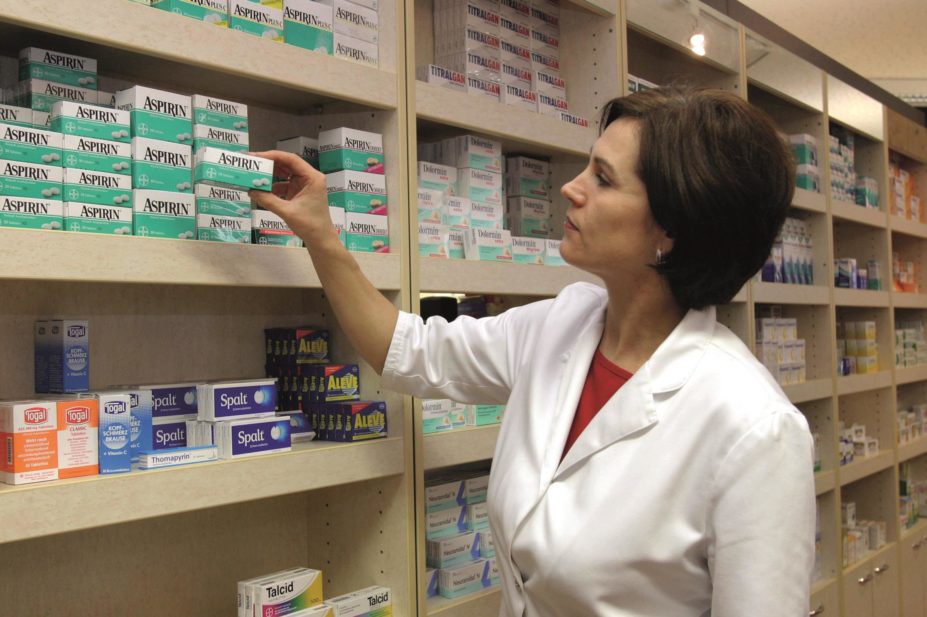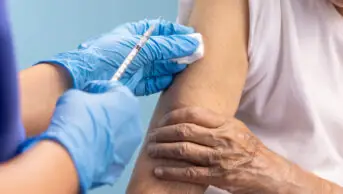
Agencja Fotograficzna Caro / Alamy
In people without cardiovascular disease (CVD) and a ten-year CVD risk below 6%, guidelines state that the potential bleeding risks associated with aspirin use outweigh any atheroprotective effect.
Despite this warning, a survey of nearly 70,000 patients taking aspirin for primary prevention has found that, for the overall cohort, treatment was inappropriate in nearly 11.6% of cases. Rates of inappropriate prescribing varied significantly across practices, from 0% to 71.8%, and were higher in women than in men. Encouragingly, the annual trend of inappropriate aspirin use has declined from 14.5% in 2008 to 9.1% in 2013.
Since aspirin is available over the counter, it is likely that patients’ own decisions to take aspirin account for some of the overuse, the researchers admit. The study appears in Journal of the American College of Cardiology (2015;65(2):111–121)[1]
.
References
[1] Hira RS, Kennedy K, Nambi V et al. Frequency and practice-level variation in inappropriate aspirin use for the primary prevention of cardiovascular disease: insights from the National Cardiovascular Disease Registry’s Practice Innovation and Clinical Excellence Registry. Journal of the American College of Cardiology 2015;65(2):111–121.


